Elephant Ear Plant Types: Learn About Common Elephant Ear Plants
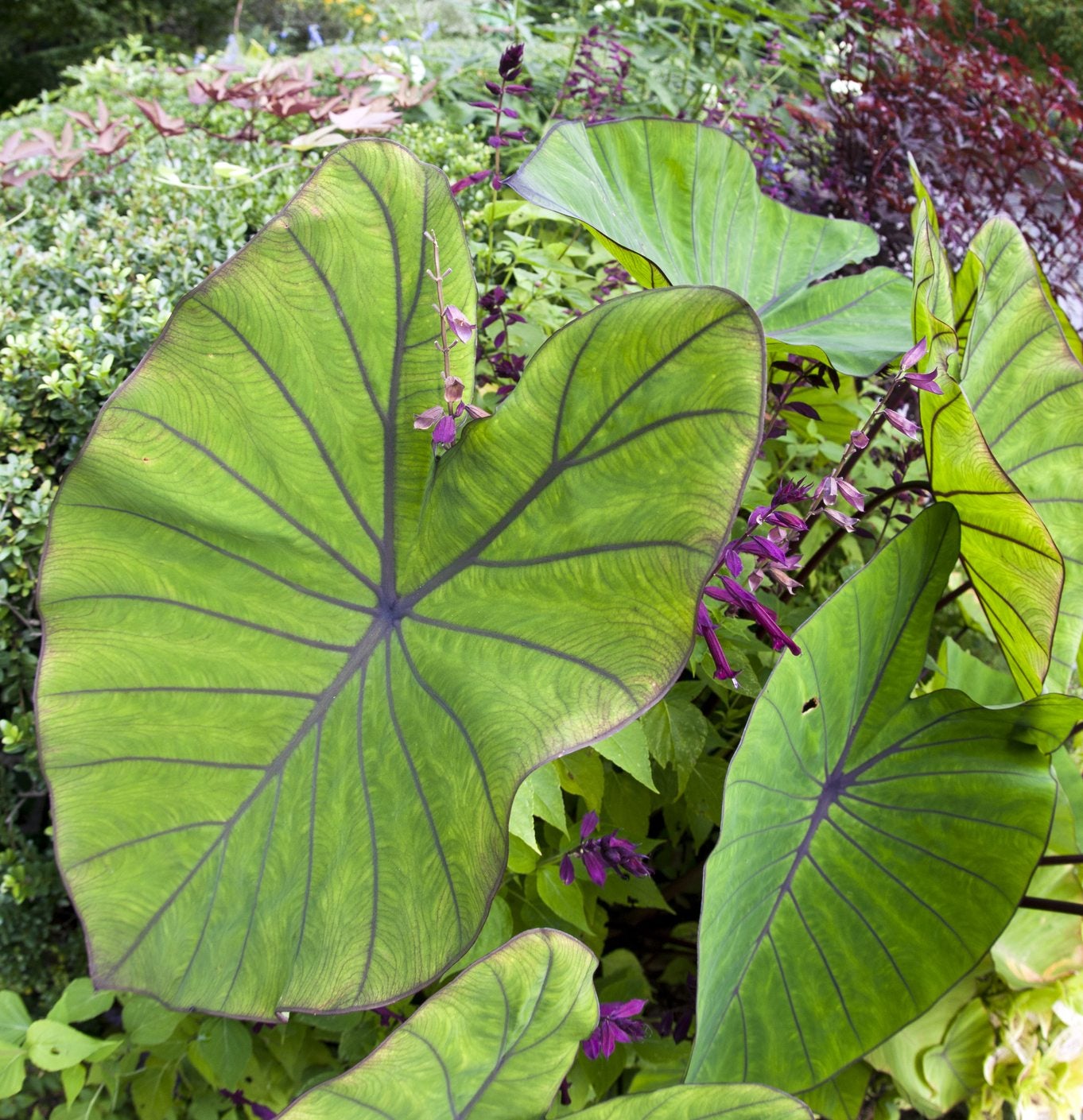

Elephant ears are one of those plants whose foliage receives double takes and oohs and aahs. Many species are commonly referred to as elephant ears due to the large leaves. These natives of tropical regions are only reliably hardy in United States Department of Agriculture zones 10 and 11 but can be grown as houseplants and summer annuals anywhere. There are different elephant ear plants in four genera available for growing in your landscape.
Types of Elephant Ear Bulbs
Elephant ear is the name given to plants with large foliage shaped like a pachyderm's ear. Many produce white spathes and spadix flower forms. From giant plants reaching almost 10 feet (3 m.) tall to diminutive 2-foot (0.5 m.) tall species, elephant ear plant types are all excellent in partial shade to full sun in rich, moist soil. There are four types of plants called elephant ears: Colocasia, Caladium, Alocasia and Xanthosoma.
- Colocasia – The first of the elephant ear plant types is Colocasia. Colocasia is native to swampy areas of Asia and spans 200 species. Leaves may grow up to 3 feet (1 m.) in length and 2 feet (0.5 m.) across. The heart-shaped leaves can reach 8 feet (2.5 m.) in height on long rigid petioles.
- Caladium – Caladium is the name for common elephant ear plants found in nurseries. These foliage plants are perennial and can be hardy down to USDA zone 8. This much smaller elephant ear species only reaches 2 feet (0.5 m.) in height with foliage measuring 8 to 12 inches (20-30.5 cm.) in length.
- Alocasia – Alocasia produces calla lily like blooms on 6-foot (2 m.) tall plants with arrow-shaped foliage.
- Xanthosoma – Xanthosoma need temperatures consistently over 68 degrees Fahrenheit (20 C.). The arrow-shaped blades typically have decorative veins. Xanthosoma is not commonly cultivated.
Growing All Elephant Ear Plant Types
If you live in a warm region, you can start your elephant ears right into a prepared garden bed. Northern gardeners should start them indoors in well-draining soil, or in a greenhouse. These plants perform well in either acidic, clay, sandy or loamy soils. They do very well in a half day of full sun but can thrive in a full day with a little protection, such as dappling from an above tree. Alocasia can spread quickly, as can Colocasia in warm regions. If they become a pest, move the plants to containers to control them. Each of the different elephant ear plants has a slightly different cultivation range regarding water. Colocasia is a wetland plant that requires consistent moisture while the other species need less water and cannot stand to be soggy. Alocasia is especially sensitive to boggy conditions so ensure a soil that drains well.
Care and Feeding of Elephant Ears
Each of these spectacular elephant ear plant types is fairly easy to grow. Bring the smaller forms, such as most Alocasia, indoors in winter to grow until temperatures warm. Larger plants, like Colocasia, can stay in the ground but the foliage may die back if the temperatures get cool. Spread thick mulch around the root zone to protect the bulbs and in spring they will redevelop. In cold regions, dig up the bulbs, allow them to dry for a day or two and then save them in mesh bags in a cool, dry area. Many of these plants can be sensitive to tap water. It is a good idea to use rainwater when possible or at least allow your tap water to sit for a day before applying to the plant. Use a diluted liquid plant food starting in spring once per month. Prune off foliage as it dies or gets damaged. Watch for mealybugs, slugs, snails, caterpillars and grasshoppers, whose feeding activities can damage the beautiful foliage.
Gardening tips, videos, info and more delivered right to your inbox!
Sign up for the Gardening Know How newsletter today and receive a free copy of our e-book "How to Grow Delicious Tomatoes".

Bonnie Grant is a professional landscaper with a Certification in Urban Gardening. She has been gardening and writing for 15 years. A former professional chef, she has a passion for edible landscaping.
-
 Try The Trend – Turn Any Bed Into A Keyhole Garden With This Clever In-Ground Composter
Try The Trend – Turn Any Bed Into A Keyhole Garden With This Clever In-Ground ComposterKeyhole gardening is an efficient and sustainable practice that saves space. Get started on this DIY project quickly and easily with an in-ground composter.
By Bonnie L. Grant
-
 4 Superfast Composting Methods: Turn Waste Into Garden Gold In 30 Days Or Less
4 Superfast Composting Methods: Turn Waste Into Garden Gold In 30 Days Or LessTry the fastest composting methods to turbocharge your pile and transform kitchen scraps and garden waste into finished compost in just a few weeks.
By Mary Ellen Ellis
-
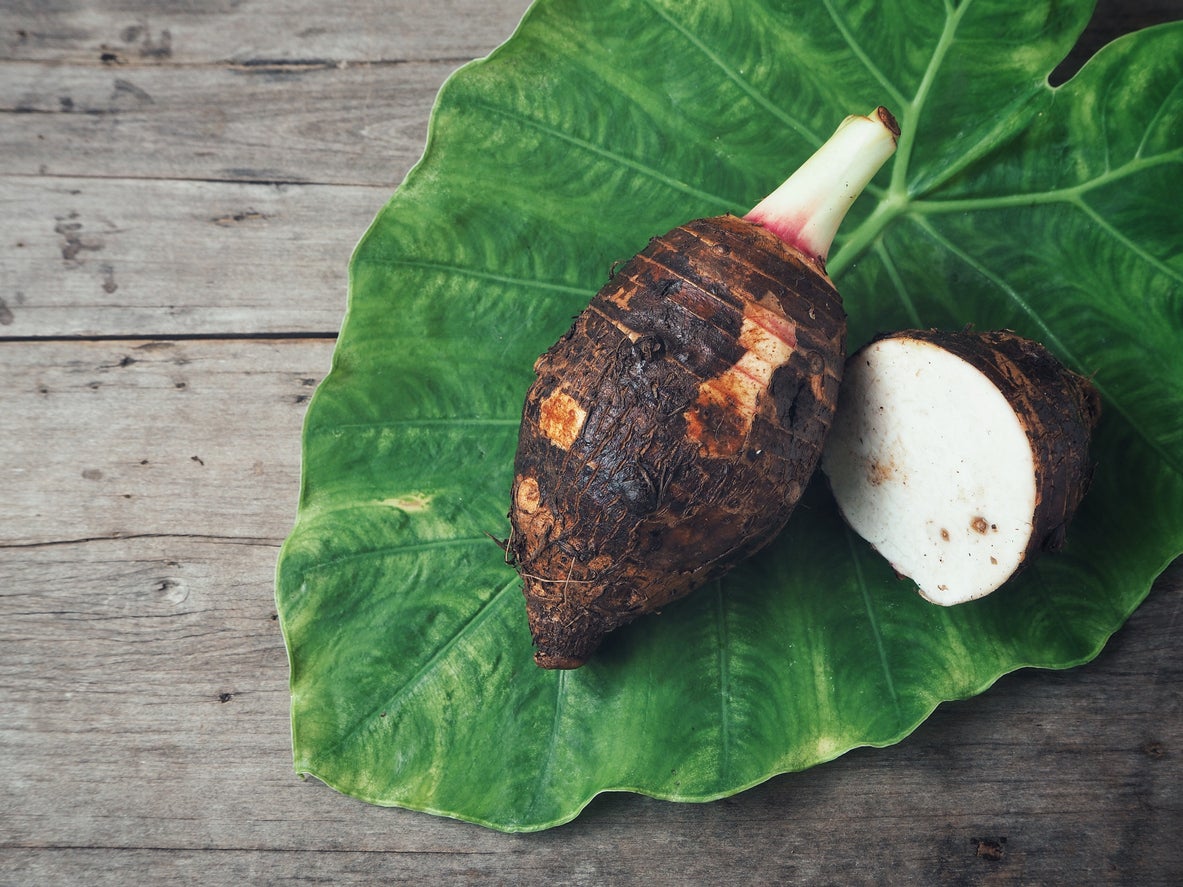 Can You Grow Taro In A Pot – Container Grown Taro Care Guide
Can You Grow Taro In A Pot – Container Grown Taro Care GuideTaro is a water plant, but you don’t need a pond or wetlands in your backyard to grow it. You can successfully grow taro in containers if you do it right. Click here and learn how to grow this plant in containers so you can enjoy the pretty tropical wherever you are.
By Mary Ellen Ellis
-
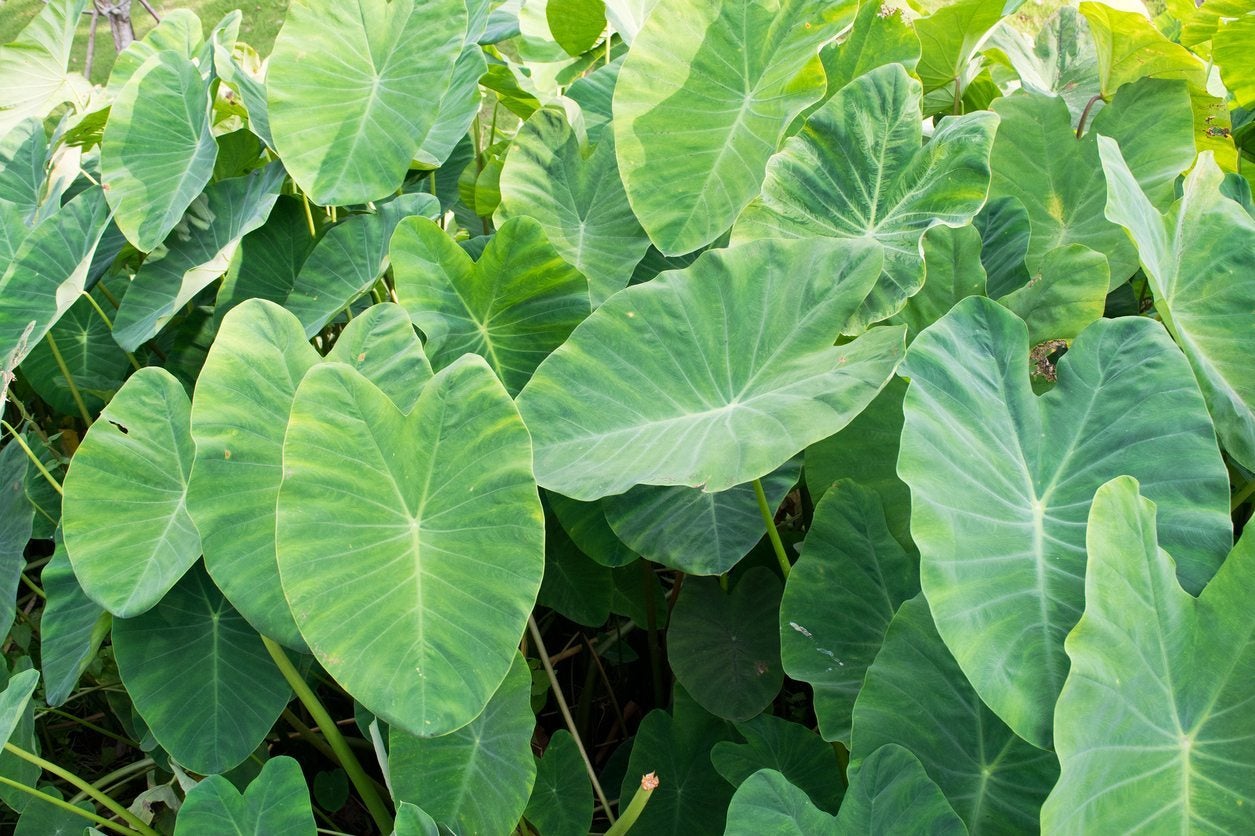 Elephant Ear Plant Disease In Gardens: How To Treat Sick Elephant Ears
Elephant Ear Plant Disease In Gardens: How To Treat Sick Elephant EarsElephant ears are often grown for their huge, robust foliage. The leaves are prone to several diseases which mar this ornamental appeal. There are also diseases that can cause crown and root rot. If your plant has disease symptoms, this article can help.
By Bonnie L. Grant
-
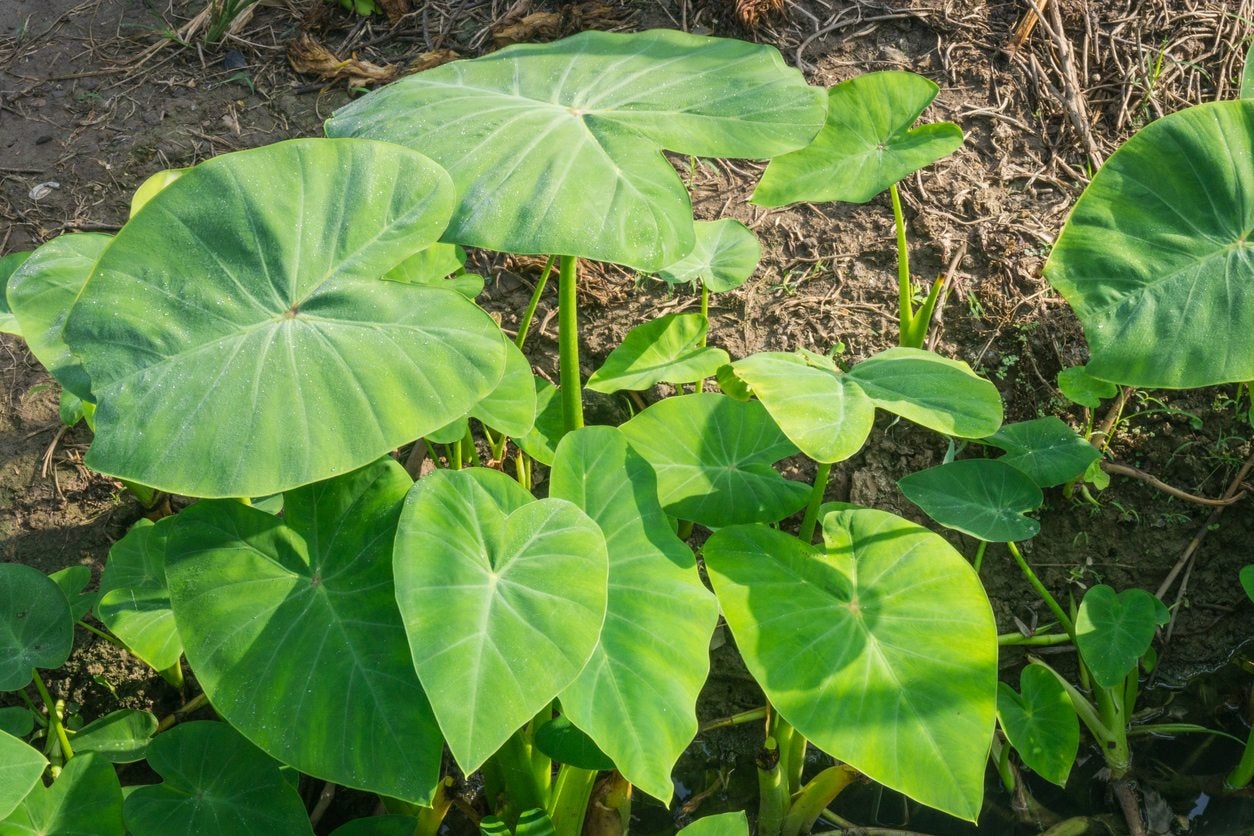 Elephant Ear Control – Ridding The Garden Of Unwanted Elephant Ear Plants
Elephant Ear Control – Ridding The Garden Of Unwanted Elephant Ear PlantsElephant ear plants are most often grown in cooler climates as an annual where they do not become a problem. However, in hot, humid, tropical locations, one little elephant ear plant can all too quickly become a mass of them. How do you get rid of elephant ears? Find out here.
By Darcy Larum
-
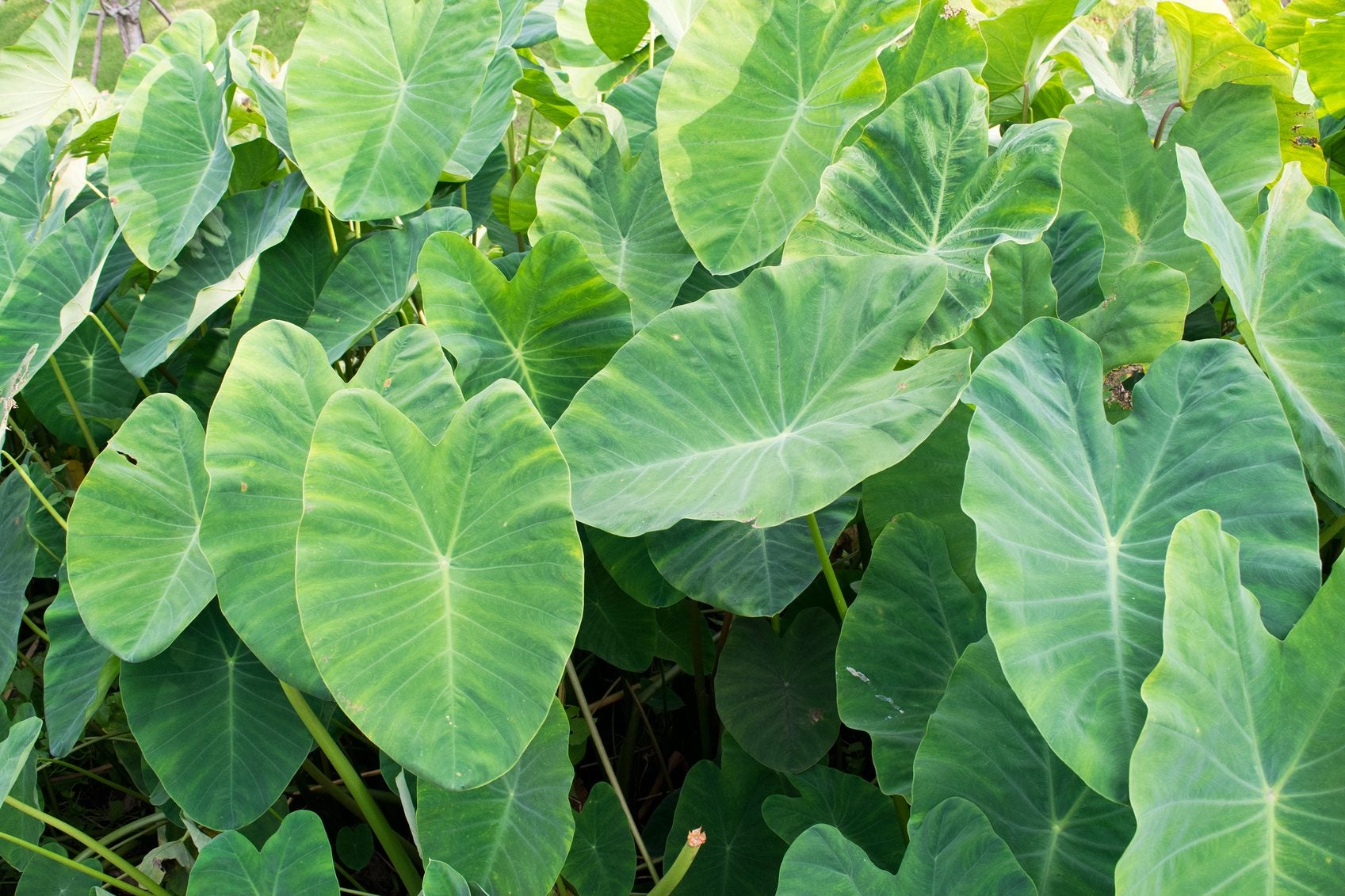 Dividing Elephant Ears: How And When To Divide Elephant Ears
Dividing Elephant Ears: How And When To Divide Elephant EarsElephant ear division is useful to prevent overcrowding, produce more plants in a different location, and enhance plant health. It is important to know when to divide elephant ears to avoid plant injury or poor performance. This article will help.
By Bonnie L. Grant
-
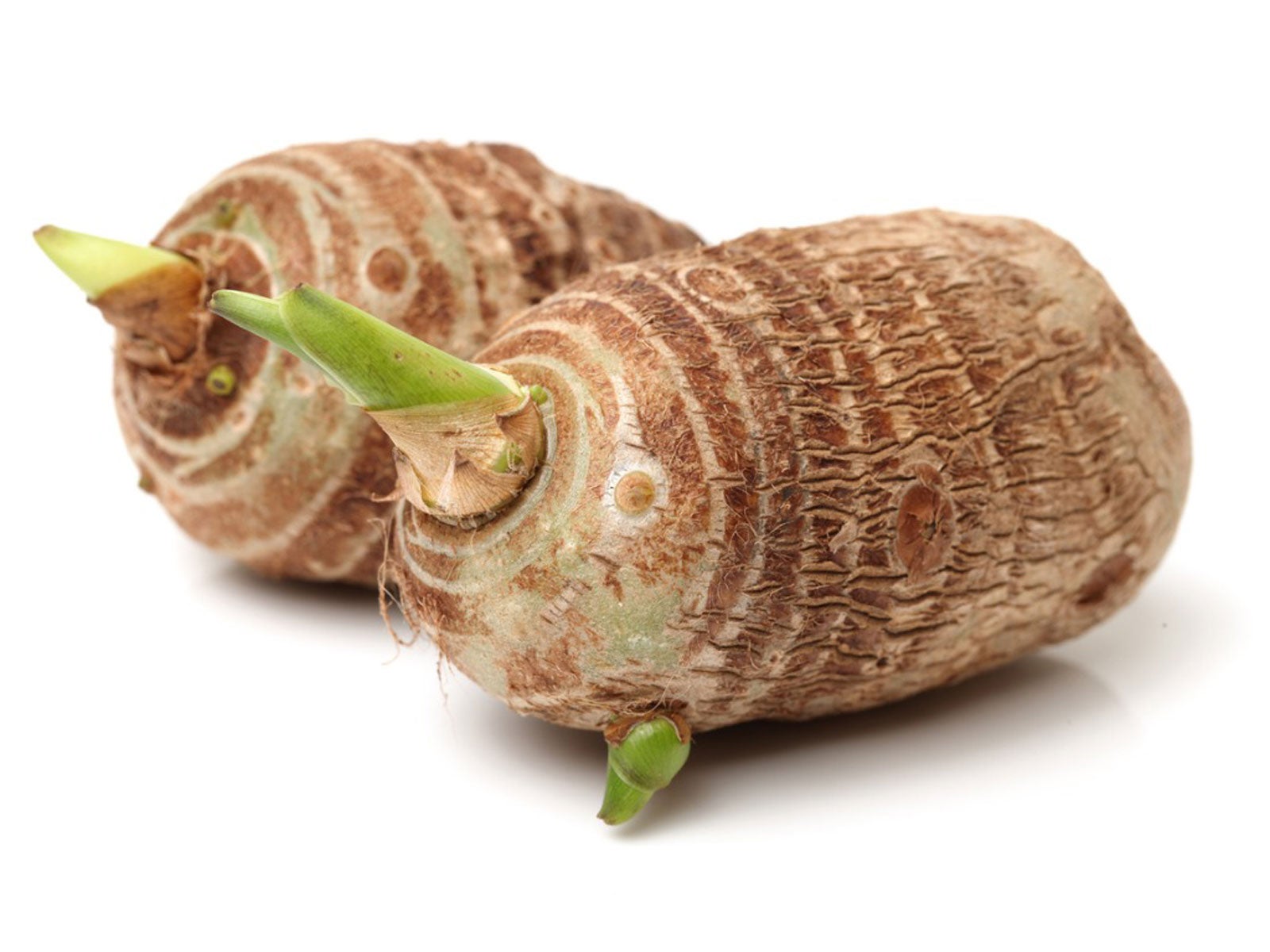 Growing Taro For Food: How To Grow And Harvest Taro Root
Growing Taro For Food: How To Grow And Harvest Taro RootAnother healthier option to the standard potato chip would be growing and harvesting your own taro roots and then turning them into chips. Want to find out how to grow and harvest taro in your own garden? This article will help get you started.
By Amy Grant
-
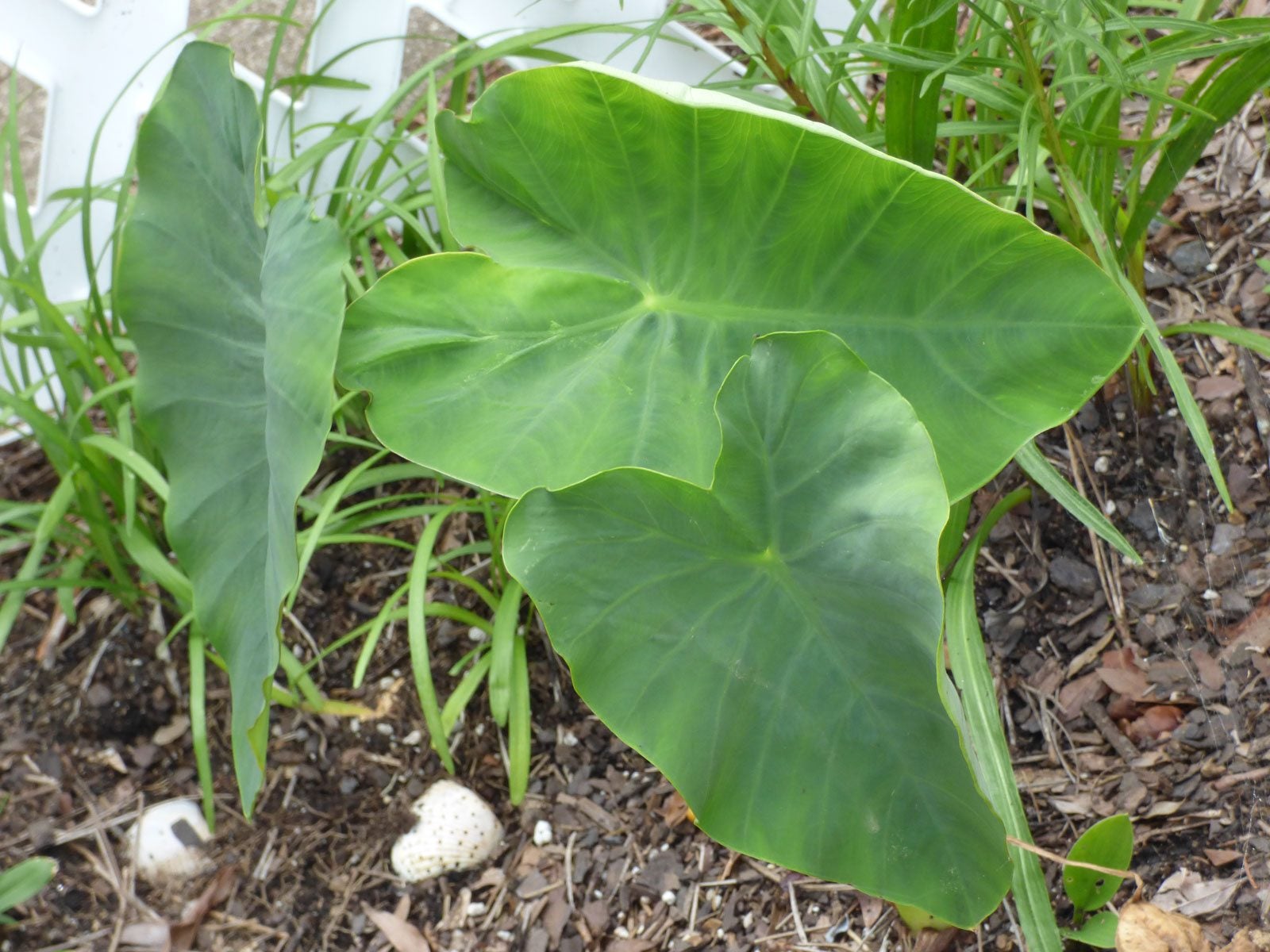 Elephant Ear Problems: What To Do With Elephant Ears Taking Over Garden
Elephant Ear Problems: What To Do With Elephant Ears Taking Over GardenDo elephant ears affect nearby plants? There are no allelopathic properties in the corms, but this can be an invasive plant and the excessive size may pose problems for species that live under the giant foliage. Learn more in this article.
By Bonnie L. Grant
-
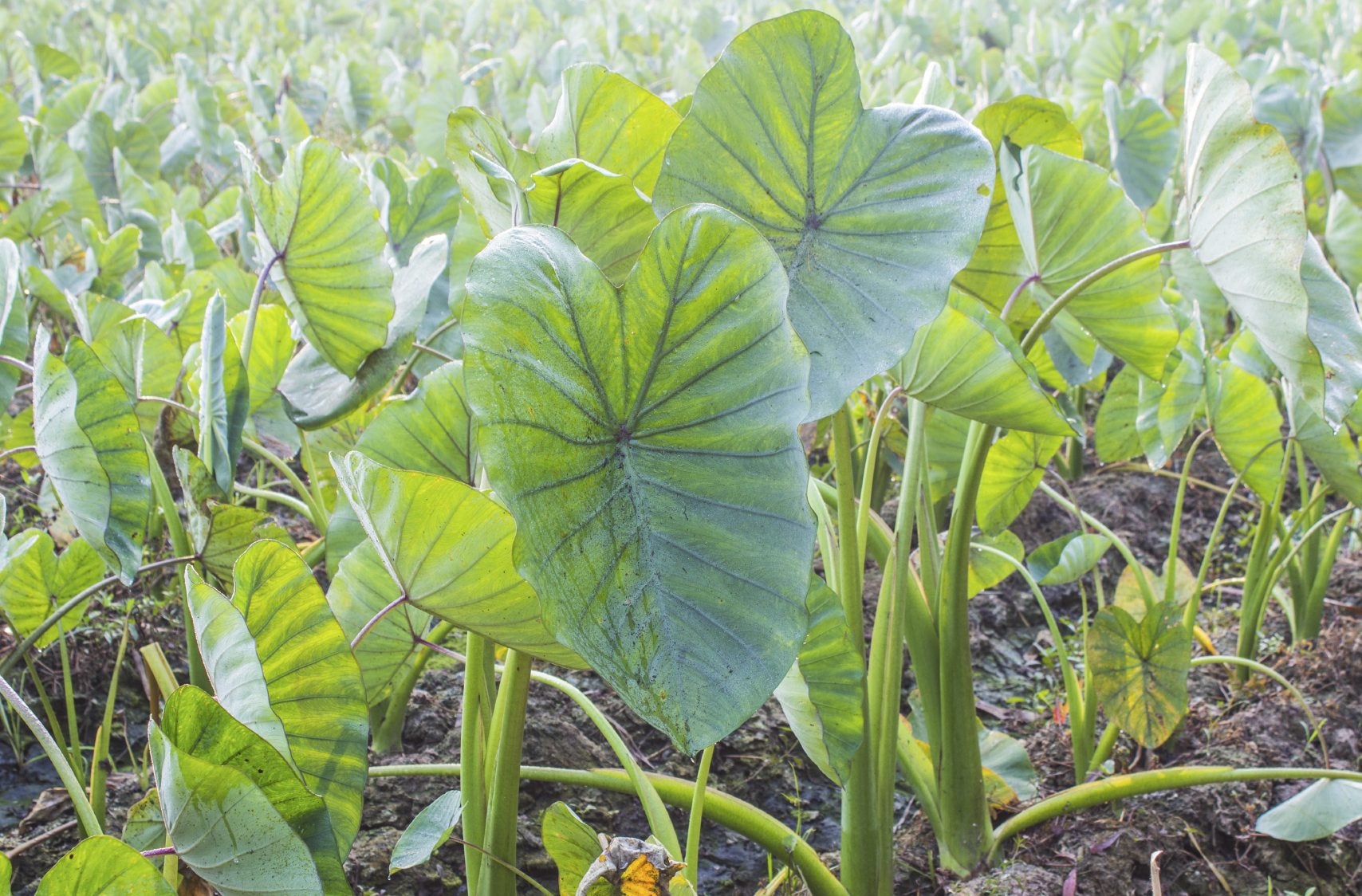 Uses Of Dasheen Plants: Learn About Growing Dasheen Taro Plants
Uses Of Dasheen Plants: Learn About Growing Dasheen Taro PlantsYou probably have already heard of dasheen, just with a different name: taro. Check out this article for interesting dasheen plant info including what is dasheen good for and how to grow dasheen. Click here for more.
By Amy Grant
-
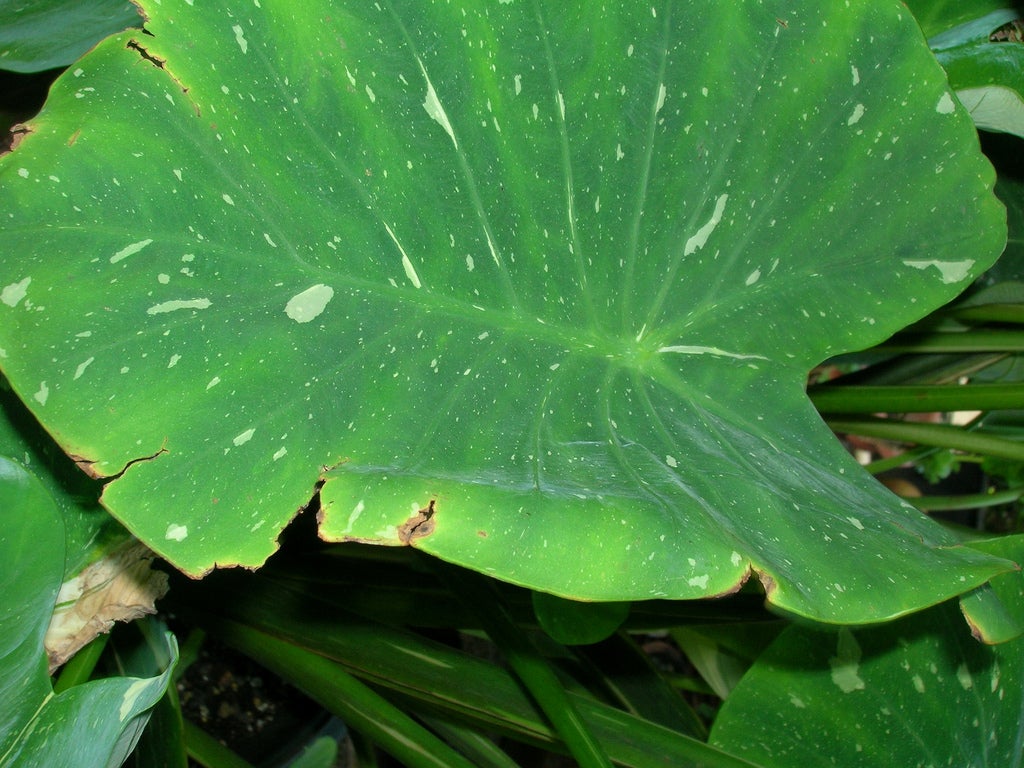 Elephant Ear With Brown Edges: Why Do Elephant Ear Plants Get Brown On Edge
Elephant Ear With Brown Edges: Why Do Elephant Ear Plants Get Brown On EdgeYou can't ask for more visual impact than the large leaved Colocasia, or elephant ear plant. That said, leaf browning on elephant ears is a common complaint. Why do elephant ear plants get brown on edge? Find out in this article.
By Bonnie L. Grant